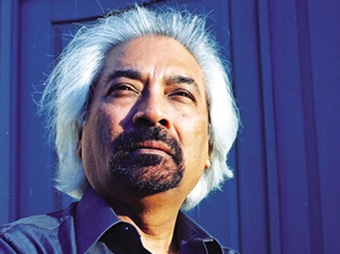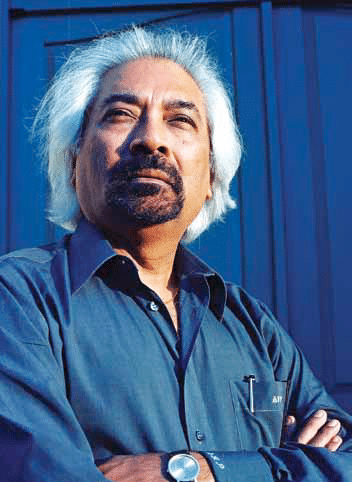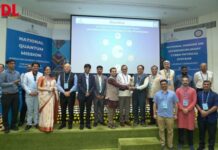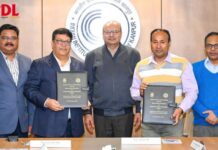
 The Indian democracy can go forward in the 21st century only if it democratises information, said Sam Pitroda, Advisor to the Prime Minister of India on Public Information Infrastructure & Innovations, at eINDIA 2012
The Indian democracy can go forward in the 21st century only if it democratises information, said Sam Pitroda, Advisor to the Prime Minister of India on Public Information Infrastructure & Innovations, at eINDIA 2012
India has come a long way in eGovernance and at the same time, has a long way to go because technology and tools that were used years ago are very different today. A lot of that learning will be useful and a lot of it will have to be unlearnt to go further.
Without democratising information, the Indian democracy cannot be taken forward in the 21st century. There are a number of new tools and technology, leadership in the IT industry world over, and good human resources, which need to be capitalised to reengineer the nation. As a part of this challenge, we are focussed on public information infrastructure which consists of: 1) National Knowledge Network linking 1,500 nodes with 40 gigabit bandwidth to connect all the universities, R&D laboratories, governments, etc. 2) Connecting 2,50,000 panchayats to the optical fibre network. We want to use the network and add another 4,00,000 kilometer of optical fibre to connect all local governments. This will give a new meaning to local governance.
Putting all this together, you get to see the power of public information infrastructure that is essentially designed to provide transparency, accountability, openness and ultimately beat the needs of the RTI. In the RTI, information is not organised in a manner that it can be delivered properly. The main challenge today in India is that a lot of people are doing their own things and there is very little coordination, collaboration and standards.
There are 32 million court cases pending today. It takes 10-15 years to get justice. Can technology be used to reduce the time to get justice to maybe three years? A lot of these things are possible if we work together. Every government department should convert to electronic files. It is a very difficult task because not even the department of electronics uses electronic filing. Until, we do that, we will not have a good handle on the benefits of eGovernance.
How do we transform governance, health, education, agriculture and financial services? We need to innovate and think differently, and create new business models, delivery systems and learning models. The answer to all this is education. We need teachers as mentors. We need to change the foundation of the education system. If we focus on taking benefit of public information infrastructure, we will be able to redesign the nation for the future generations. It is our responsibility to leave the right kind of tools and platforms for the young generations to create their own future, provide new models for education, health, vocational training, governance, agriculture and financial services. This, in turn, will create a new India with transparency, accountability and access to the right information at the right time. It will also bring in new tools for the people at the bottom of the economic pyramid to address challenges related to water, education, sanitation, health, food distribution, nutrition and infrastructure.
























